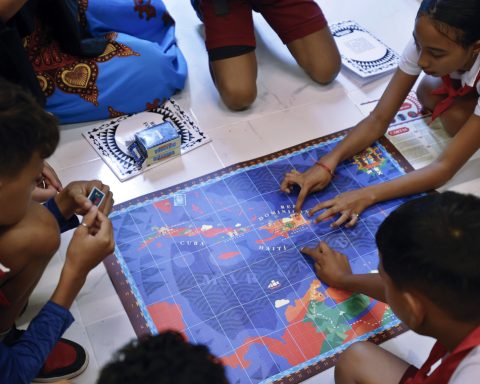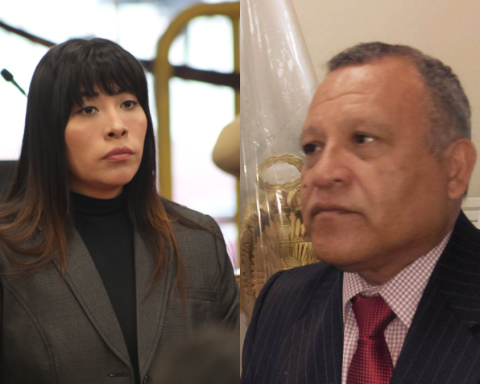Lilian Hernandez Osorio
The newspaper La Jornada
Tuesday, September 3, 2024, p. 13
The infrastructure in primary and secondary schools has hardly improved in the last six years. Two out of 10 schools still lack basic services such as drinking water, electricity, bathrooms or washbasins, reveals the sixth Government Report.
The figures for schools with access to basic services between 2018 and 2023 have not changed, meaning they lack the essential conditions for the academic achievement of preschool, primary and secondary school students.
While 82 percent of schools have access to basic services, the rest lack some of these, which interferes with their learning and permanence in school.
According to the federal government document, the fourth objective of the 2020-2024 Education Sector Program establishes the goal of well-being generate favorable environments for the teaching-learning process in the different types, levels and modalities of the national educational system
.
However, the data show that there were no changes. In 2018, 20.7 percent of schools did not have access to one of these services; in 2019, it dropped to 19.3 percent, but in 2020, it rose again to 20.9 percent; while in 2021 the number of schools without any basic service rose to 18.6 percent, with a slight improvement, dropping to 17.6 percent in the 2022 school year and remaining almost the same for the 2023 school year, in which 17.4 percent of basic education schools lack one of these services.
In the breakdown by service, the biggest gaps are found in the lack of sinks, but above all in the adaptations to have functional facilities for people with disabilities. In this area, the percentage of schools that have these changes is very low, since only 28.4 percent meet this requirement, meaning that almost seven out of 10 primary education schools lack railings, ramps, bathrooms and other adaptations so that children with disabilities can attend school.
In the case of high schools that belong to the SEP, one in four on average does not have drinking water, which complicates their stay, because they are more vulnerable to infections due to not having this service.
In fact, nearly 20 percent of high school campuses do not have sinks, 14 percent do not have bathrooms, and more than 60 percent do not have facilities for people with disabilities.
According to the United Nations Children’s Fund (UNICEF), students have the right to live in a safe, clean environment, with access to drinking water and adequate hygiene and sanitation services, so schools must ensure this human right. to ensure a minimum development of the student population
.
When schools do not have these services, there is an increase in gastrointestinal diseases and diarrhea, which causes children to miss classes and, therefore, academic performance is affected
.













